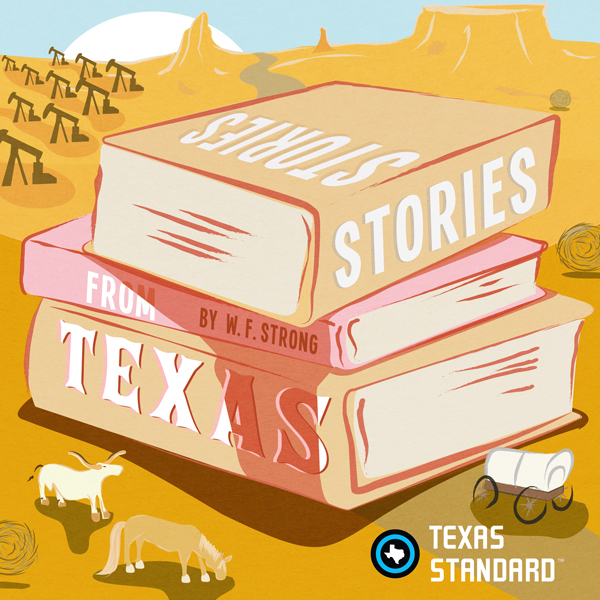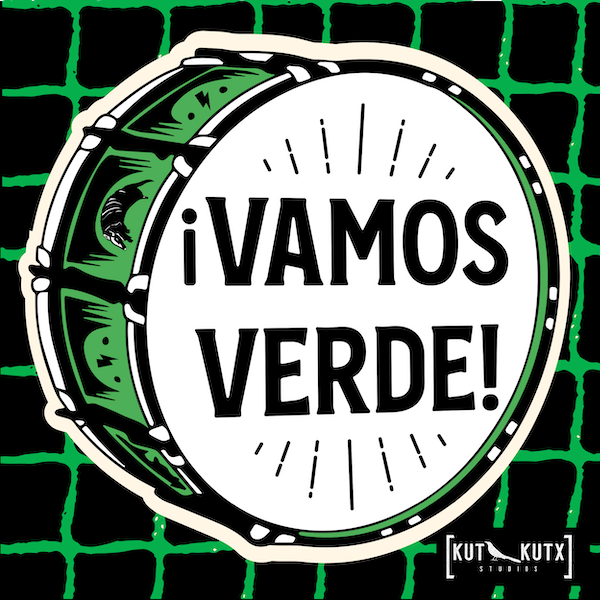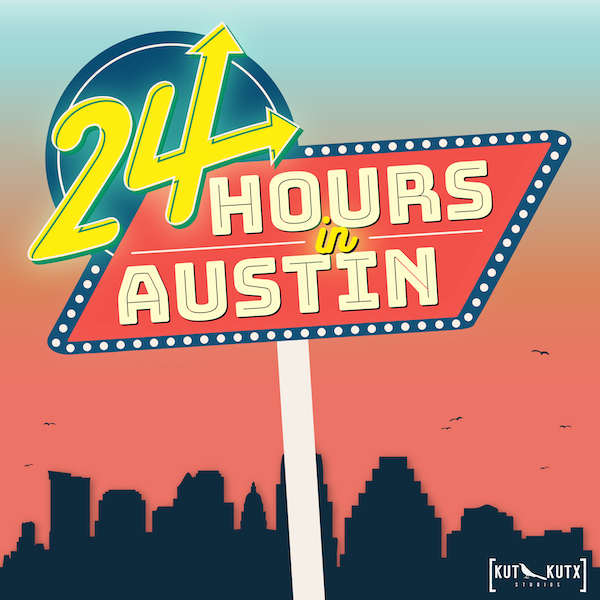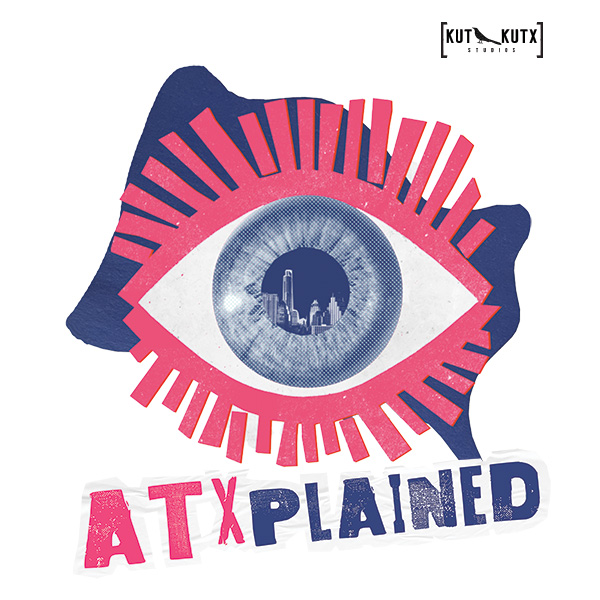Back in frontier times, it was the most deeply feared moon in Texas and northern Mexico.
The full transcript of this episode of Stories from Texas is available on the KUT & KUTX Studio website. The transcript is also available as subtitles or captions on some podcast apps.
- W.F. Strong [00:00:00] Last week we had a gorgeous full moon known as the Flower Moon. It’s called that because it arrives when the wildflowers bloom across North America. When I was young I knew of only three special moons, the Harvest Moon, the Blue Moon, and the Comanche Moon. Back in frontier times, it was the Comanche Moon that was the most deeply feared moon in Texas and northern Mexico. The Mexicans had a saying, a dicho, about their sons. He will be a fine man if the Comanches don’t take him. For the Comanche, the raids were about survival. They were a horse culture and needed horses for their way of life, for transport, and for trade. They needed children to swell their ranks to compete against the intrusions of new cultures. Iron Jacket, a Comanche war chief, said, the moon is our sister. She lights the trail and tells us when to ride. Under her, we are faster than the wind. On the other side of this equation was fear of the Comanche moon. J.W. Wilbarger, a minister of the time, said the Comanches would come with the moon. Every man in the county sat up with his rifle across his knees when the silver lit the grass. Wilbarge would know. He was scalped and left for dead, but lived to tell the tale. L.T. Hardeman, another minister, wrote in his journal in 1860, on the night of the Comanche moon, no fire was lit, no songs were sung. We slept with rifles and rosaries both. Folklore from the Texas Hill country tells us that even the coyotes went quiet during the Comanch moon. They knew it was not their time to howl. In S.C. Gwynn’s masterpiece, Empire of the Summer Moon, He tells of the 1,000 strong Comanche raid that traveled virtually unseen under a bright moon all the way to Linville on the coast and burned it to the ground. There were efforts to rebuild, but the community died out. Most of the people moved to what is today Port Lavaca. Though the Comanches were eventually weakened by the wholesale slaughter of the buffalo and the raids beneath the full moon stopped, the name Comanche Moon has remained. The Comanches proved themselves in those times to be fierce and feared warriors who were doing all they could to defend their homeland from invaders. The Texans and Tejanos who pushed at great personal cost into Comanche lands in turn developed a toughness and a resolve that shaped successive generations. Author Larry McMurtry believed this was partially responsible, for the Texas character. He wrote, the power of such experience will not sift out of the descendants in just a few years. Elements of that primal struggle will assert itself through several generations to come. I think of that every time I see the Comanche moon rising. I’m W.F. Strong. These are stories from Texas. Some of them are true.
This transcript was transcribed by AI, and lightly edited by a human. Accuracy may vary. This text may be revised in the future.
